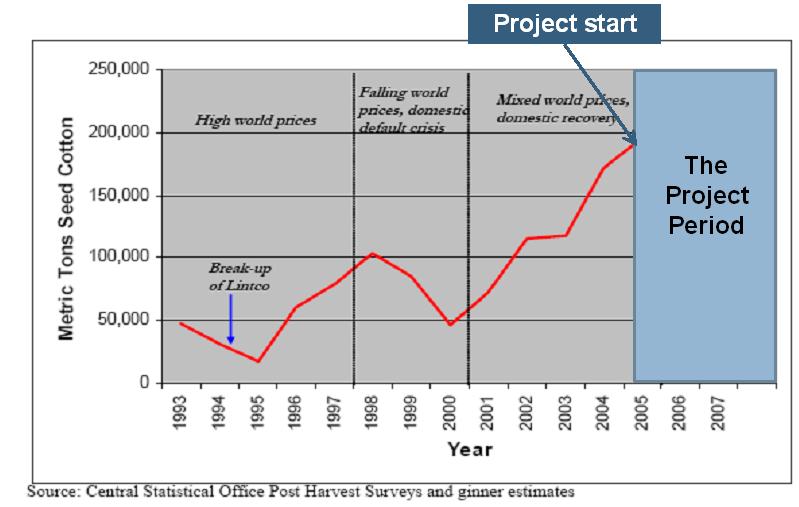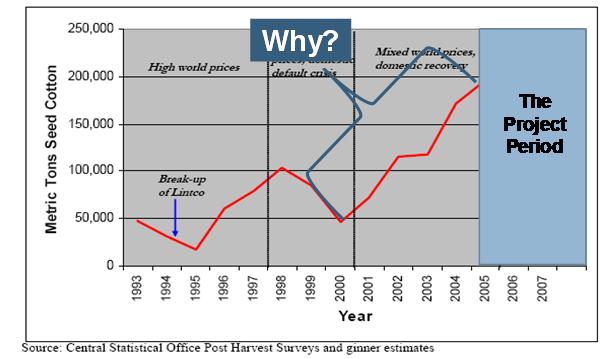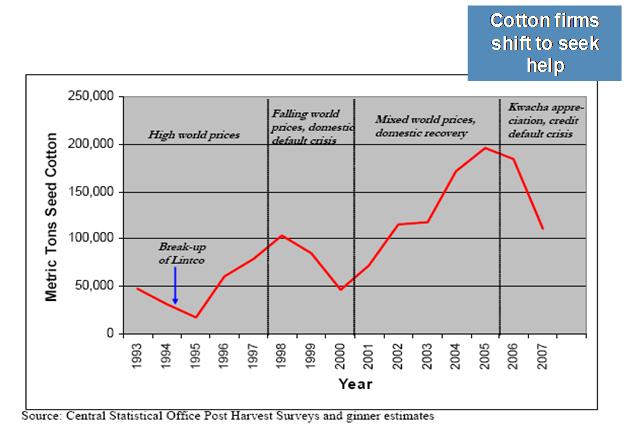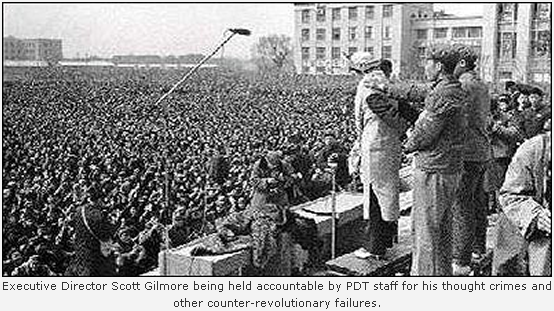Failure
Yep, no sooner do I post on failure and how we account for it and learn from it, then I come upon a big fail of my own. That I can learn from. Irony, anyone?
As many of you know, I have been working in Ghana since 1997. I’ve spent some 20 months there, though it has been a while since I was last on the ground (I need to change that) – basically, the last meaningful research trip I took was in the summer of 2006. That work, along with the fieldwork that came before it, was so rich that I am still working through what it all means – and it has led me down the path of a book about why development doesn’t work as we expect, and now a (much more academic) complete rethinking of the livelihoods framework that many in development use to assess how people make a living.
One of my big findings (at least according to some of my more senior colleagues) is that inequality and (depending on how you look at it) injustice are not accidental products of “bad information” or “false consciousness” in livelihoods strategies, but integral parts of how people make a living (article to this effect here, with related work here and here, as well as a long discussion in Delivering Development). One constraint specific to the livelihoods in the villages in which I have been working is the need to balance the material needs of the household with the social requirement that men make more money than their wives. I have rich empirical data demonstrating this to be true, and illustrating how it plays out in agricultural practice (which makes up about 65% of most household incomes).
In other words, I know damn well that men get very itchy about anything that allows women to become more productive, as this calls one of the two goals of existing livelihoods strategies into question. Granted, I figured this out for the first time around 2007, and have only very recently (i.e. articles in review) been able to get at this systematically, but still, I knew this.
And I completely overlooked it when trying to implement the one village improvement project with which I have been involved. Yep, I totally failed to apply my own lessons to myself.
What happened? Well, to put it simply, I had some money available after the 2006 fieldwork for a village improvement project, which I wanted the residents of Dominase and Ponkrum to identify and, to the extent possible, design for themselves. We had several community meetings that meandered (as they do) and generally seemed to reflect the dominant voices of men. However, at the end of one of these meetings, one of my extraordinarily talented Ghanaian colleagues from the University of Cape Coast had the experience and the awareness to quietly wander off to a group of women and chat with them. I noticed this but did not say anything. A few minutes later, he strolled by, and as he did he said to me “we need to build a nursery.” Kofi had managed to elicit the womens’ childcare needs, which were much more practical and actionable than any other plans we had heard. At the next community meeting we raised this, and nobody objected – we just got into wrangling over details. I left at the end of the field season, confident we could get this nursery built and staffed.
Learning
Five years later, nothing has happened. They formed the earth blocks, but nobody cleared the agreed-upon area for the nursery. It was never a question of money, and my colleagues at the University of Cape Coast checked in regularly. Each time, they left with promises that something would get going, and nothing ever did. I don’t fault the UCC team – the community needed to mobilize some labor so they would have buy-in for the project, and would take responsibility for the long-term maintenance of the structure. This is on the community – they just never built it.
And it wasn’t until yesterday, when talking about this with a colleague, that I suddenly realized why – childcare would lessen one demand on women that limits their agricultural productivity and incomes. Thus, with a nursery in place women’s incomes would surely rise . . . and men have no interest in that, as this is not the sort of intervention that would drive a parallel increase in their own incomes. I have very robust data that demonstrates that men move to control any increase in their wives incomes that might threaten the social order of the household, even if that decreases overall household income and access to food.
So why, oh why, did I ever think that men would allow this nursery to be built? Of course they wouldn’t.
I can excuse myself between 2006-2008 for missing this, as I was still working through what was going on in these livelihoods. But for the last three years I knew about this fundamental component of livelihoods, and how robust this aspect of livelihoods decision-making really is, even under conditions of change such as road construction. I have been looking at how others misinterpret livelihoods and design/implement bad interventions for years, all the while doing that very thing myself.
Healer, heal thyself.



